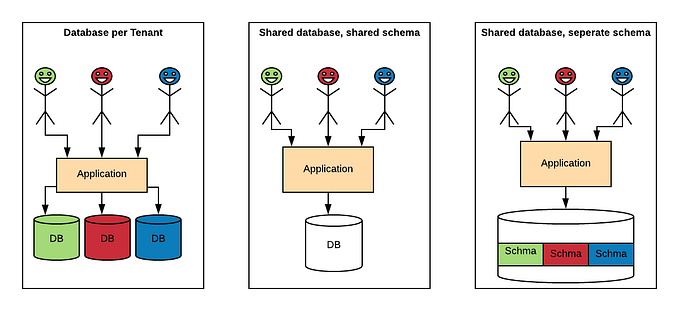Member-only story
Apache Spark Architecture :A Deep Dive into Big Data Processing

Agenda

- Core Architecture
- Key Components
- Execution Model
- Best Practices
- Real-world Applications
What is Spark?
Apache Spark is a powerful framework for big data processing.
It helps process massive datasets by splitting the work across many computers (a cluster) and coordinating tasks to get results efficiently.
Spark’s Basic Architecture

Think of our laptop or desktop computer — it’s great for everyday tasks, but it struggles with huge amounts of data.
A cluster solves this problem by using multiple machines (or nodes) to share the load.

However, having a group of machines is not enough. We need a framework like Apache Spark to manage and assign tasks to these machines so they can work together seamlessly.
Key Components of Spark’s Architecture

1. Cluster Manager
A tool (like YARN, Mesos, or Spark’s standalone manager) that tracks and manages resources (e.g., CPUs and memory) across the cluster.
2. Spark Application
This is our program that Spark will run. It consists of:
Driver Process: The brain of the application that:
Runs our main program.





